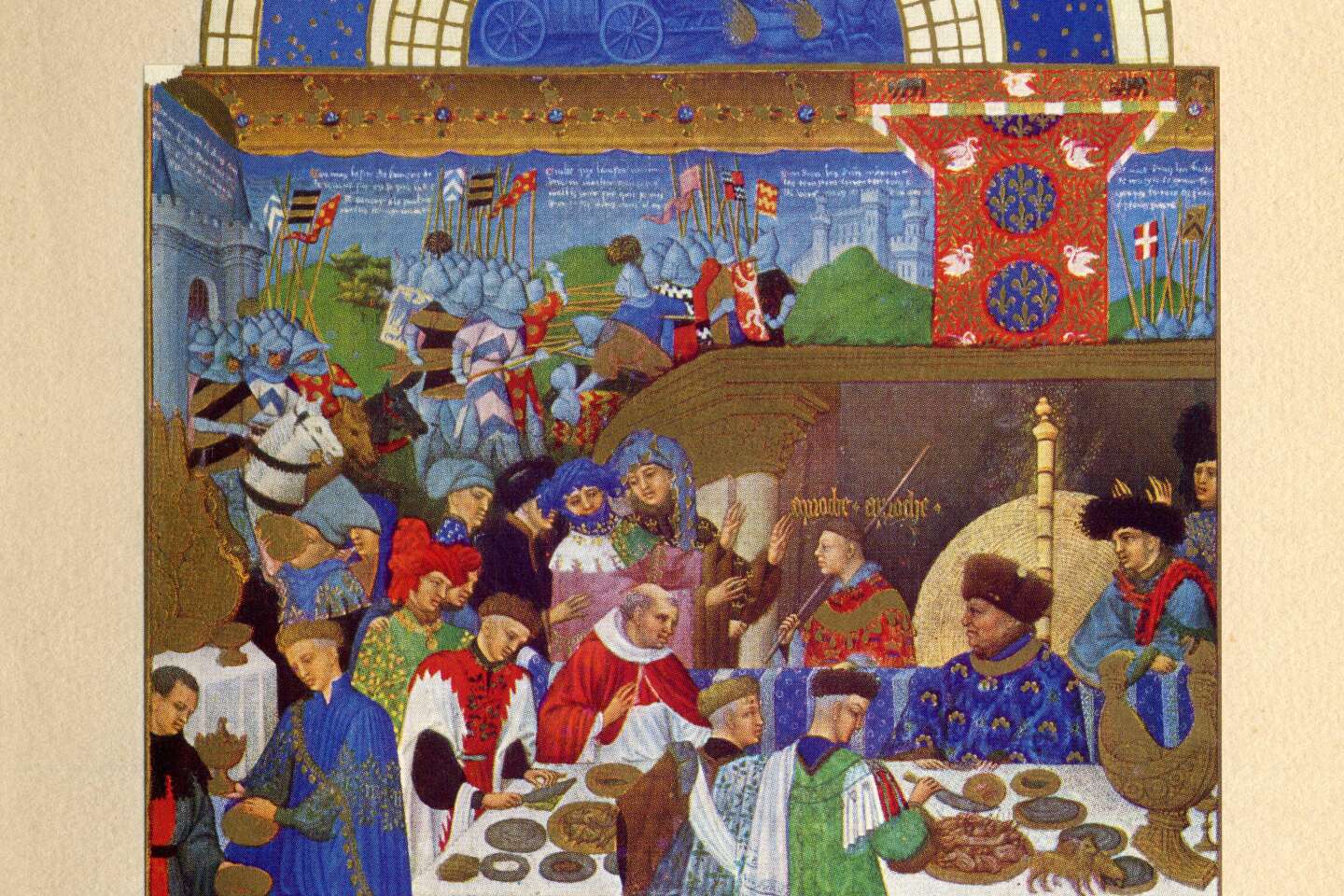
Her name, The very wealthy hours of the Duke of Berry, doesn’t necessarily mean much to you. However, this French manuscript dates from the 15th centurye The brilliantly illuminated century shaped our images of the Middle Ages, if only because Disney was inspired by its iconography for the castles that appear in his films or for his amusement parks. This book, which was compiled in the middle of the Hundred Years’ War by three brothers, Herman, Jean and Paul de Limbourg, on behalf of Jean, Duke of Berry, is intended to follow the Catholic liturgy and has a format of 206 pages that is very close to our A4 format, 66 full-page illustrations and numerous other smaller illuminations, surrounded by religious texts. The manuscript, famous for its aristocratic but also peasant scenes, has been the subject of an in-depth study for a year, carried out by the Center for Research and Restoration of the Museums of France, both to determine its health assessment and to reveal the secrets of its manufacture.
Director of the Condé Museum, at the Château de Chantilly (Oise), where it is kept The very rich hours since the 19th centurye century, Mathieu Deldicque does not hesitate to say that “It was a manuscript that was leading in Western art at the beginning of the 15th centurye century “. His colleague Marie-Pierre Dion, general curator of books and archives at the Condé Museum, emphasizes that the work was innovative for the time, for example with “his layouts or his chiaroscuro that made a great impression on his contemporaries. He has always inspired a certain respect, but because of his quality he has been manipulated a lot.”.
Result: even if the paint is in good condition, “certain signs of fatigue caused us concerncontinues Marie-Pierre Dion. We therefore judged that it was necessary to document them, so as not to make matters worse.” In the list of problems we find wear and tear of certain sewn parts, as well as various types of dirt that stain the pages of the parchment (fingerprints, stains, microspray). But the passage of Very rich hours at the Center for Research and Restoration of the Museums of France is above all an opportunity to place the work under the eye of science, in the person of Elisabeth Ravaud, whose scientific imaging instruments expose the paintings and strip them of their mysteries.
“Non-invasive techniques”
The origins of the manuscript are in fact far from clear due to an epidemic that killed not only the Duke of Berry, but also the Limburgers in 1416. Their work continued throughout the 15the century, by three different artists: an anonymous illuminator known as the “Master of Bedford”, Barthélemy d’Eyck and, finally, Jean Colombe. How did each of the six artists work? What pigments did he use? Did the Limburg successors rely on the preparatory drawings of the three brothers?
